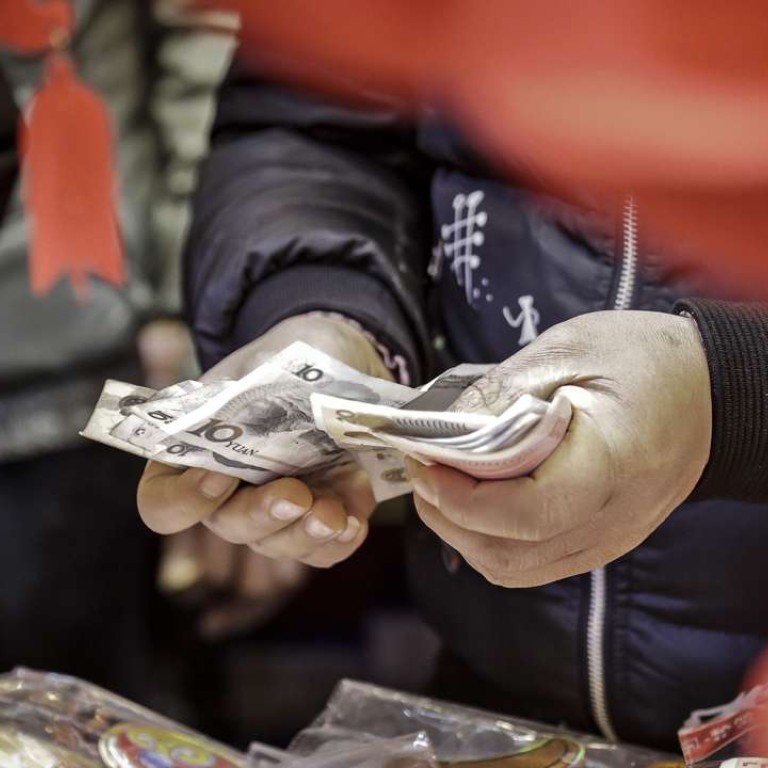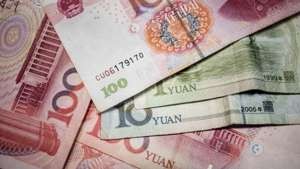
Yuan rises for second day after China tightens monetary policy
PBOC lowers the yuan’s guidance rate to the weakest in two weeks
Onshore yuan strengthened for a second straight session on Monday, after the People’s Bank of China unexpectedly raised interest rates in the money market on Friday, indicating a shift towards further monetary tightening.
The spot yuan firmed to 6.8607 per US dollar in Shanghai on Monday afternoon, a 0.09 per cent rise from late Friday. It has now strengthened 0.3 per cent from 6.884 on January 26. The onshore market was closed from January 27 and February 2 for the Lunar New Year holiday.
The offshore market fluctuated between losses and gains during the day, with the yuan currently down 0.09 per cent to 6.8085 per US dollar. The offshore rate had risen for two sessions in a row before Monday.

Investors seemed to have ignored a weaker fixing by the Chinese central bank earlier on Monday, as the People’s Bank of China reduced the yuan’s mid-point rate to 6.8606 per US dollar, the lowest in more than two weeks. It was down 50 basis points or 0.07 per cent from the previous fixing.
“Traders are focusing on the PBOC’s tightening of monetary policy on Friday, by increasing short-term interest rates on a number of money market functions and raising the cost of borrowing from the central bank,” said Chris Weston, an analyst for IG Group.
The PBOC seems to have become more confident of growth, more concerned about inflationary pressure, and more alarmed about financial leverage
“I suspect we may see China’s short-term money market rates becoming a leading indicator this week,” he said.
The PBOC also said on Monday it would temporarily stop injecting funds into the banking system through open market operations, as liquidity “remains at a high level”.
Last Friday the Chinese central bank surprisingly raised interest rates on open market operation reverse repurchase agreements, or repos, by 10 basis points. It also increased lending rates on the standing lending facility (SLF).
The moves followed a similar action on January 24, when the PBOC raised interest rates on medium-term loans.
“The PBOC seems to have become more confident of growth, more concerned about inflationary pressure, and more alarmed about financial leverage,” said Wei Yao, a China economist at Societe Generale, adding that more tightening may follow.
However, she said the hawkish stance may not continue into the second half of the year, as downward pressure on economic growth builds.

